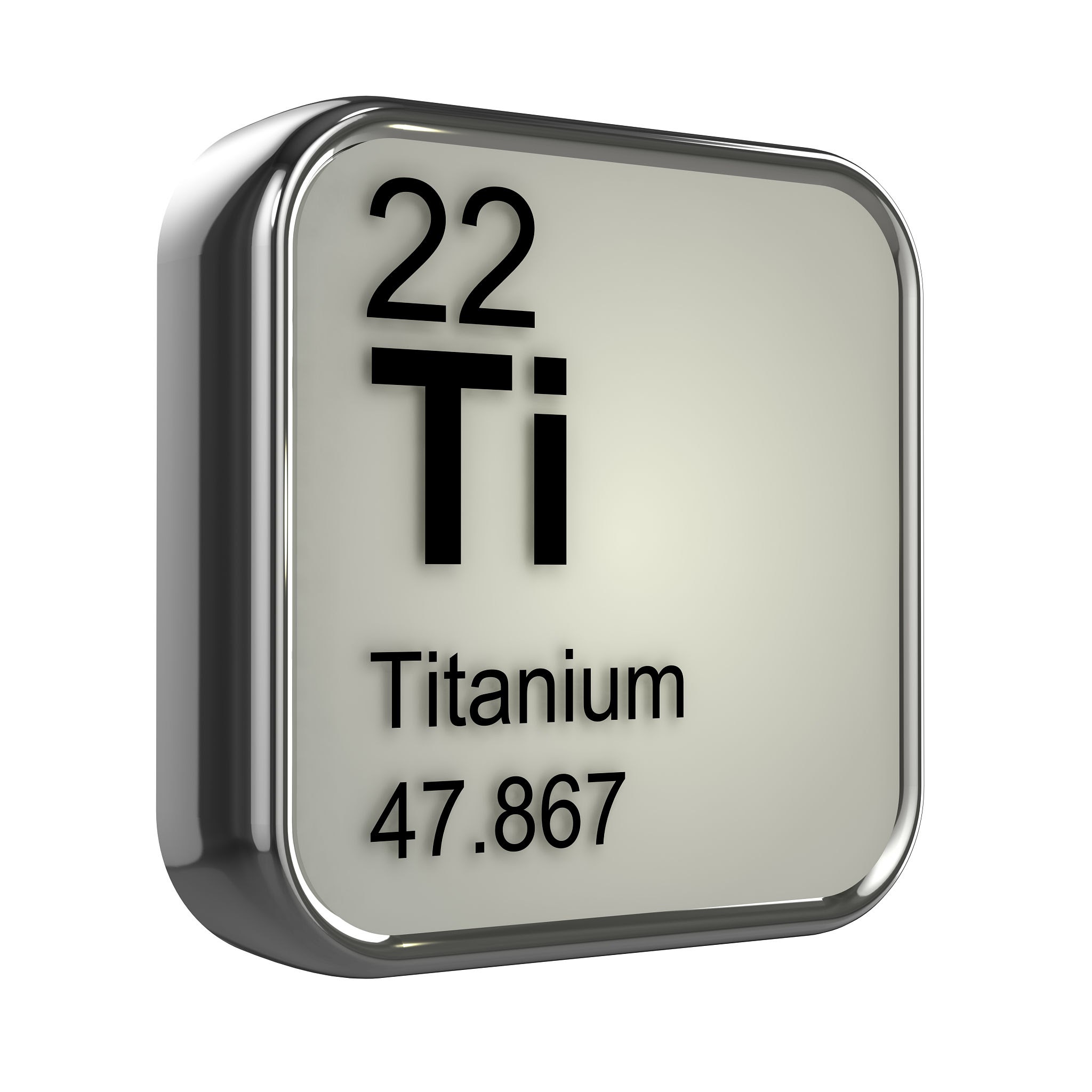Unique Properties of Titanium
Titanium, a lustrous transition metal with a low density and high strength, stands out for its remarkable resistance to corrosion and ability to withstand extreme temperatures. These unique properties make it an ideal material for demanding engineering applications, particularly in the medical and aerospace sectors. Its biological inertness allows for its use in implants, such as hip replacements and dental anchors, where it seamlessly integrates with human bone tissue without being rejected by the body. In aerospace design, titanium’s high strength-to-weight ratio contributes to fuel-efficient aircraft structures able to endure both the cold of high-altitude flight and the heat of atmospheric re-entry.
Titanium in Medical Instrumentation
The presence of titanium in medical instrumentation underscores its critical role, primarily due to its exceptional biocompatibility. Biocompatibility signifies that titanium does not elicit a negative immune response when implanted into the human body, making it an ideal choice for prosthetics and other internal devices. For instance, hip replacements often leverage titanium components owing to their inert nature and compatibility with bodily tissues. Moreover, the superior strength-to-weight ratio of titanium ensures that supportive instruments like bone screws and plates fortify skeletal integrity without contributing undue weight—a stark contrast to heavier metals that could impose additional strain on patients. This distinctive blend of lightness and robust support maximizes patient mobility while minimizing recovery challenges.
Titanium in Aerospace Applications
In the realm of aerospace engineering, titanium stands out for its unparalleled resistance to environmental factors. This metal’s ability to withstand extreme temperatures and aggressive corrosive environments makes it an invaluable substance for aircraft components that experience severe stress during flight. For example, titanium is often used in jet engine parts where both high heat tolerance and rust resistance are critical. In addition to its durability, titanium’s light weight significantly enhances fuel efficiency and overall performance of aircraft. Its strength-to-weight ratio allows engineers to reduce plane mass without sacrificing structural integrity, leading to increased payload capacities. By integrating titanium into their design, aerospace systems achieve a balance of safety, endurance, and cost-effectiveness.
Fabrication and Machining Processes
The fabrication and machining of titanium demand specialized techniques, as the material’s inherent characteristics pose unique challenges. Titanium’s high strength-to-weight ratio, while beneficial for end use, also makes it tough on cutting tools, leading to increased wear and a requirement for frequent replacements. Its low thermal conductivity exacerbates this issue by trapping heat in the cutting zone, which can cause damage to both the workpiece and the tool. To address these issues, manufacturing innovations have emerged, such as advanced cooling methods that dissipate heat more effectively and the development of cutting tools coated with materials like diamond or cubic boron nitride, enhancing their durability when shaping titanium parts. Additionally, computer numerical control (CNC) technology has been finely tuned to handle the precise speeds and feeds needed for efficient titanium machining. These technological advancements collectively streamline titanium processing, improving output quality while reducing production time and costs.
Economic and Environmental Impacts of Titanium in Medical and Aerospace Industries
Despite its high initial costs, titanium proves cost-effective for the medical and aerospace industries in the long run due to its exceptional durability and corrosion resistance leading to lower maintenance and replacement expenses. Economic considerations are complemented by environmental benefits, as titanium’s recyclability further enhances its sustainability profile. The metal can be reprocessed and reused without significant degradation of its properties, aligning with modern sustainable practices. This positions titanium as a strategically important material that meets both performance requirements and circular economy goals, demonstrating how advanced materials can bridge economic demands with ecological stewardship.
Q&A Section on Titanium Use in Medical and Aerospace Industries
Titanium is valued highly for crucial medical devices such as joint replacements, bone screws, dental implants, and pacemakers because of its strength, lightweight properties, biocompatibility, and corrosion resistance. In the aerospace arena, titanium’s preference over steel or aluminum stems from its exceptional strength-to-weight ratio and ability to withstand extreme temperatures, making it indispensable for components like engine blades, airframes, and critical fasteners. While broadly utilized in medical implants, titanium may not be suitable for all types due to specific biological considerations; hence, patient-specific compatibility assessments are vital. The machining difficulty of titanium, particularly for intricate parts, requires advanced engineering techniques such as high-speed cutting, precise cooling systems, and specialized tooling materials. Ensuring titanium production sustainability involves meticulous environmental management practices including recycling programs, energy-efficient processes, and pursuing technological advancements that minimize waste during extraction and processing.
Other Articles You Might Enjoy
- The Advantages of Titanium Alloys in Aerospace Manufacturing
Aerospace Manufacturing and Materials In aerospace manufacturing, the key focus is on the fabrication of mechanical components designed for functions such as powered flight or navigation beyond Earth's atmosphere. This…
- does titanium rust? what is titanium ?
Introduction to Titanium Titanium is a lustrous, silver-gray metal known for its high strength-to-weight ratio, corrosion resistance, and ability to withstand extreme temperatures. Widely used in aerospace designs, medical devices,…
- Is titanium magnetic? what is titanium ?
Introduction to Titanium Titanium is a strong, lightweight metal known for its excellent corrosion resistance, high strength-to-weight ratio, and ability to withstand extreme temperatures. These properties make it an essential…






